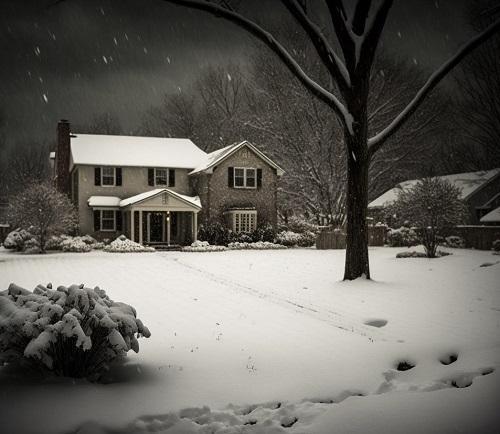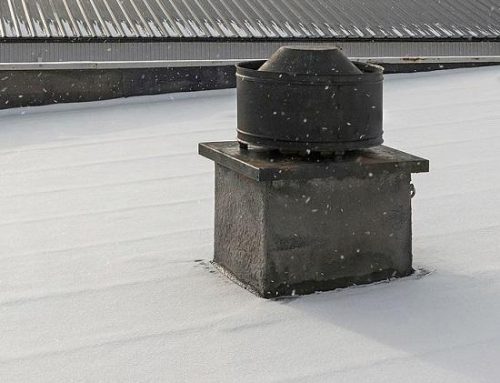Winter is a beautiful time of year, but it also brings with it a number of hazards that can put you and your loved ones at risk. Whether you’re dealing with snow, ice, or freezing temperatures, it’s important to take the necessary steps to stay safe this winter. In this article, I’ll share some tips and best practices for staying safe during the winter months.
First and foremost, it’s important to dress in layers when going outside in the winter. Wearing multiple layers of clothing will help keep you warm, and will also make it easier to adjust to changing temperatures. Make sure to wear a waterproof and windproof outer layer to protect against the elements.
Another key aspect of winter safety is to be aware of the risks of hypothermia and frostbite. Hypothermia occurs when your body temperature drops below normal, and can cause confusion, drowsiness, and even death. Frostbite is a condition that occurs when the skin and underlying tissue freeze, and can lead to permanent damage. To avoid hypothermia and frostbite, make sure to dress warmly, stay dry, and take frequent breaks to warm up if you’re outside for an extended period of time.
Driving in the winter can also be hazardous. Snow and ice can make roads slippery and difficult to navigate, so it’s important to slow down and allow extra time to get to your destination. Make sure your vehicle is equipped with good winter tires and be sure to check the weather forecast before you set out on your journey.
If you’re planning to spend time outdoors in the winter, it’s important to be prepared. Carry a winter survival kit with you that includes warm clothing, food, water, and a flashlight. Make sure someone knows your plans, including when you expect to return, and always stay on marked trails or roads.
When it comes to shoveling snow, it’s important to take it slow and be aware of the risks. Shoveling snow can be hard work, and can put a lot of strain on your heart, especially if you have a pre-existing heart condition. To avoid injury, stretch before you start, and take frequent breaks to rest and catch your breath.
If you’re planning to spend time outside in cold weather, it’s important to be aware of the signs and symptoms of hypothermia and frostbite. Symptoms of hypothermia include confusion, drowsiness, and slurred speech, while symptoms of frostbite include numbness, tingling, and discoloration of the skin. If you suspect you or someone you’re with is experiencing hypothermia or frostbite, seek medical attention immediately.
Winter weather can also affect your home and property. Make sure your roof is in good condition and free of ice dams, which can cause water to leak into your home. Also, make sure your gutters are clear of leaves and debris, and that your downspouts are pointed away from your foundation to prevent water from seeping in.
It’s also important to be prepared for power outages. Winter storms can knock out power, so it’s a good idea to have a backup plan in place. Stock up on flashlights, candles, and non-perishable food, and make sure you have a portable generator or other backup power source on hand.
In conclusion, winter is a beautiful but also a dangerous time of year. By taking the necessary steps to stay safe, you can protect yourself and your loved ones from the hazards of cold, snow, and ice. Remember to dress warmly, be aware of the risks of hypothermia and frostbite, and take extra precautions when driving and spending time outdoors. Stay informed and be prepared, it will make all the difference.
Is your company or organization in the need of Winter Safety training courses conducted online? Try out our free demonstration:










